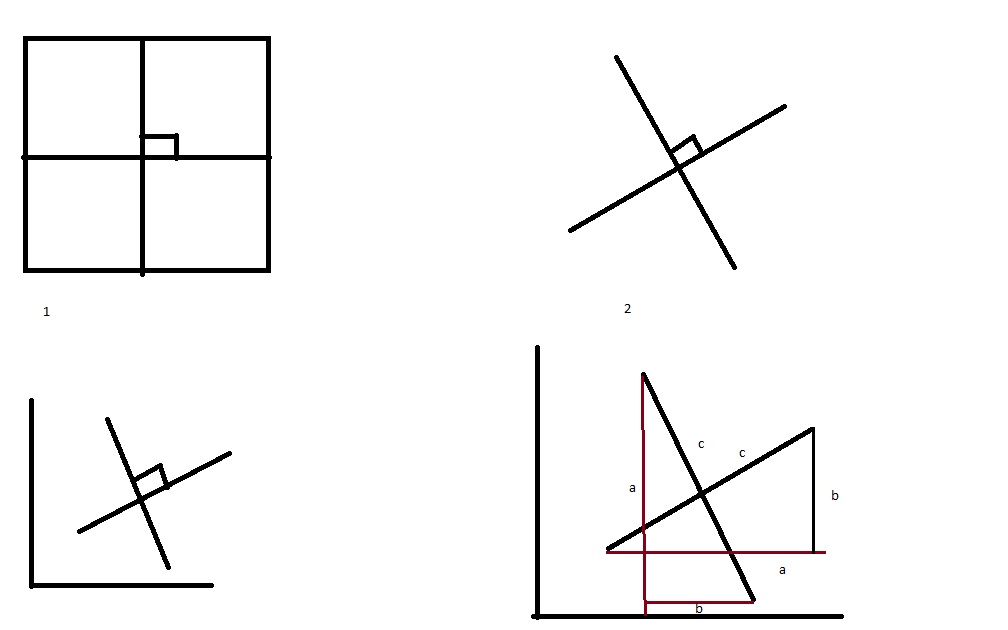Question #a733b
1 Answer
Explanation:
I haven't really heard the term "normal" all that much, but if I remember rightly, it can interpretted as the line that cuts another line with an angle of 90 degrees.
First write the polynomial in standard form (optional):
Therefore
Second:
f(x) in itself does not consist of a single line that can be cut at a 90 degrees angle, but a tangent on the graph in the point
So we need to find the tangent on the graph in the point "P".
To do this we find the derivative of f(x).
This is the general "inclination" (Don't know what it is called in english) of the tangent for all x.
Therefore the tangent will have the inclination
To find the tangent on the graph we use the formula:
Therefore:
Third (Had written a sort of proof for this step, but it got too long. I have included the pictures though, so you can maybe get an idea of where I was going from):

Normally, we write the inclination of linear equations as
Generally the rule is:
If a linear equation is formed by
Fourth:
Last, we define a third function d(x) that will be a normal on h(x), and that will go through
We get:
Therefore:
Here are all the graphs:
graph{3x^3-4x^2-4x [-8.12, 11.88, -7.71, 2.71]}
graph{-3x-2 [-14.92, 25.08, -14.34, 6.5]}
graph{1/3x-16/3 [-7.42, 32.58, -15.1, 5.74]}

